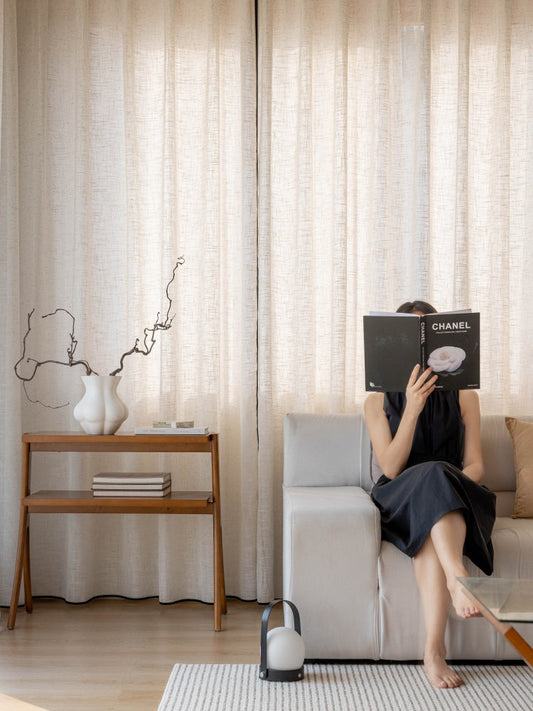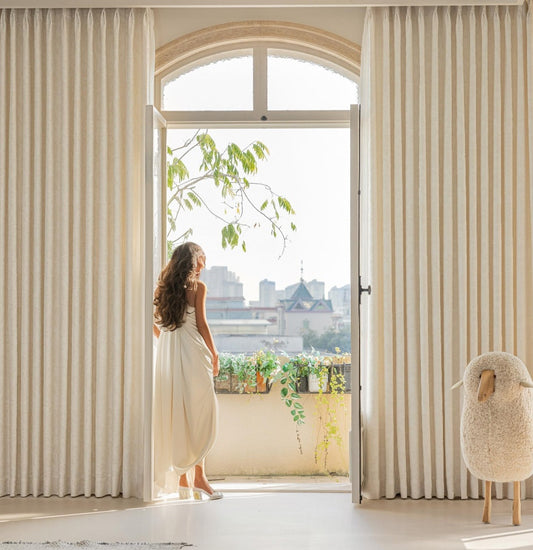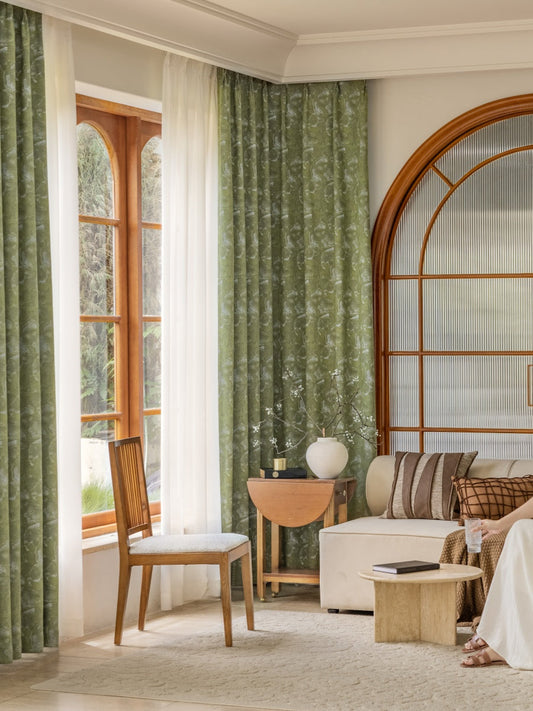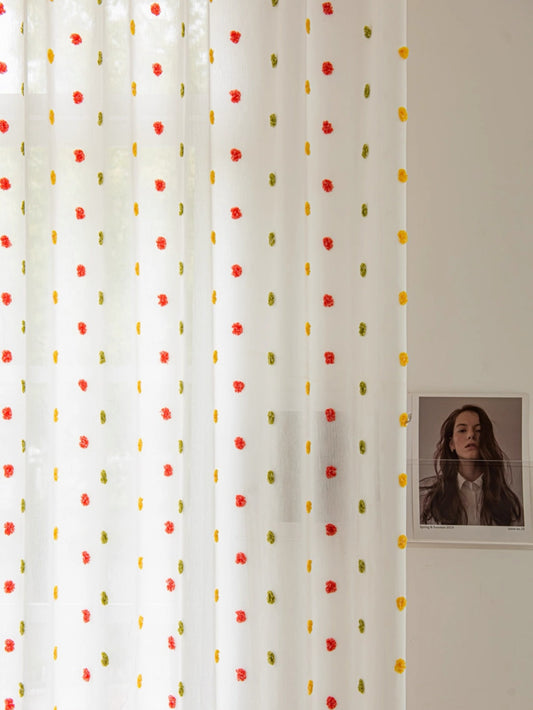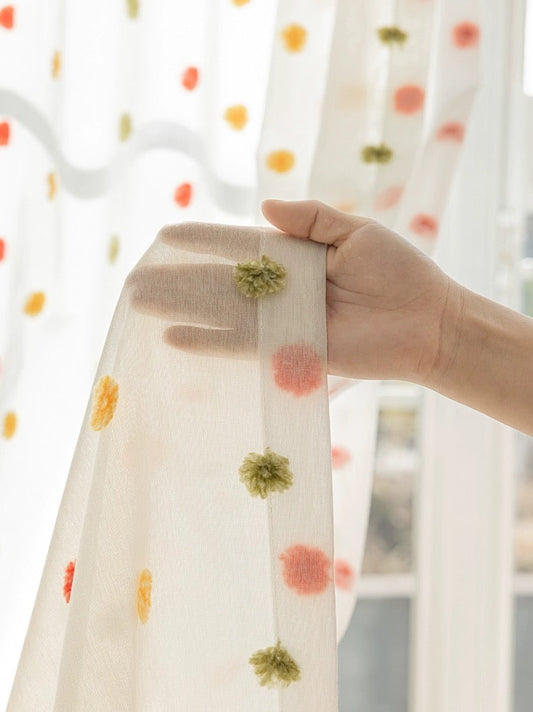Eco-Friendly Drapery
- Lead Time: 7-10 Days
- Standard Shipping: 14-25 Days
- Expedited Shipping: 7-9 Days
Discover our eco-friendly drapery, crafted with sustainable materials and expert techniques. Produced in large-scale facilities, these drapes offer exceptional quality and a lifetime guarantee. Perfect for enhancing any interior with superior light control and privacy.
-
Privacy White Sheer Curtains – Perfect for Light Penetration and Enhanced Privacy
Regular price $27.15Regular priceUnit price per -
Heavyweight Linen Blend White Blackout Curtains – Available in 18 Colors
Regular price $56.40Regular priceUnit price per -
Luxury French Linen Curtains and Drapes – 30% Linen, Available in 14 Colors
Regular price $58.24Regular priceUnit price per -
Hunter Linen Blackout Curtains - 10% Linen in 20 Colors
Regular price $54.57Regular priceUnit price per -
Ultra-Thin White Gauze Sheer Curtains – Durable Scratch Resistant Voile Curtain
Regular price $21.29Regular priceUnit price per -
Linen-Wool Blend Linen Sheer Curtains for Elegant Living Room Decor
Regular price $36.70Regular priceUnit price per -
Galaxy Sheer Curtains – Starry Radiance for Sunrooms, Available in Cream & White
Regular price $26.43Regular priceUnit price per -
Premium Sheer Linen Curtains for Living Room
Regular price $29.36Regular priceUnit price per -
Herringbone Blackout Curtains for Bedroom – Available in 9 Colors
Regular price $56.40Regular priceUnit price per -
Heavyweight Chenille Custom Curtains and Drapery, Blackout for Bedroom, 6 Colors
Regular price $70.36Regular priceUnit price per -
Sheer Curtains for Living Room - Premium Sun-Blocking White, Waffle Pattern
Regular price $27.15Regular priceUnit price per -
French Embossed White Blackout Curtains for Living Room, 5 colors
Regular price $67.00Regular priceUnit price per -
Designer Curtains | “Ginkgo Leaves” Jacquard Curtains – 5 Stylish Colors by Taiwanese Designer
Regular price $66.49Regular priceUnit price per -
Silk Curtains – Smooth Draping, Easy Maintenance, 8 Elegant Colors
Regular price $59.15Regular priceUnit price per -
Thermal Curtains "Pearl Drops" - Noise Cancelling, Blackout & Heat Blocking
Regular price $71.00Regular priceUnit price per -
Luxurious Cashmere Blackout Curtains Pleated, Luxury Curtains, 8 colors
Regular price $72.91Regular priceUnit price per -
Custom Rod Pocket French Door Curtains
Regular price $27.15Regular priceUnit price per -
Classic Linen Striped Curtains – 10 Timeless Designs for Modern Homes
Regular price $66.49Regular priceUnit price per -
Lightweight Crinkled Linen Gauze Drapes – Living Room Curtains, Semi-Privacy & Light-Filtering Drapes
Regular price $26.43Regular priceUnit price per -
Custom Cafe Curtains – Any Material, Any Color, Any Size
Regular price $54.57Regular priceUnit price per -
Kids Curtains - Colorful Candy Sheer Curtains for Sweet Rooms
Regular price $33.76Regular priceUnit price per -
Ruffled Hem Cream Sheer Curtains for Princess Room
Regular price $30.82Regular priceUnit price per -
Linen Curtain Panels in Natural Fax - French-Imported, 100% Linen
Regular price $94.55Regular priceUnit price per -
Luxurious High-Matte Velvet Drapes for Living Room & Bedroom
Regular price $59.15Regular priceUnit price per
















